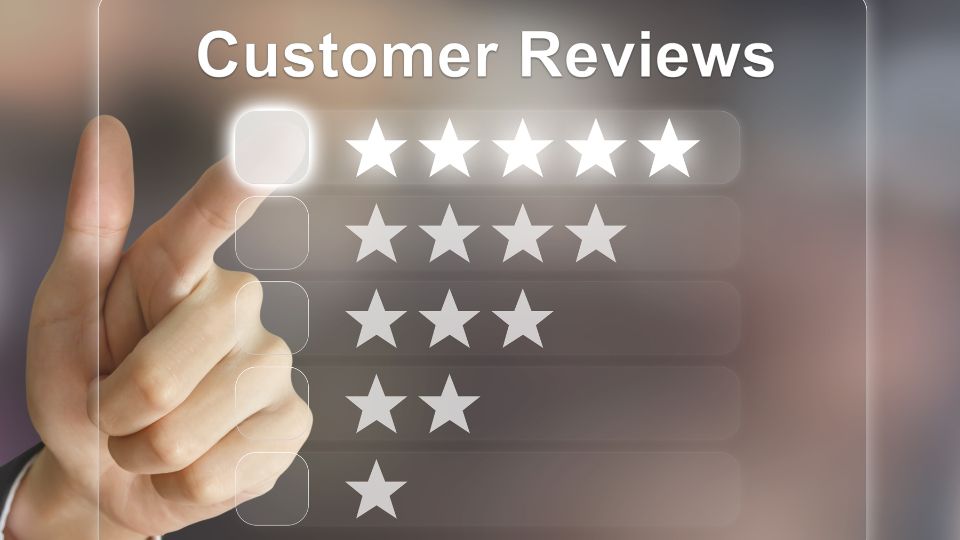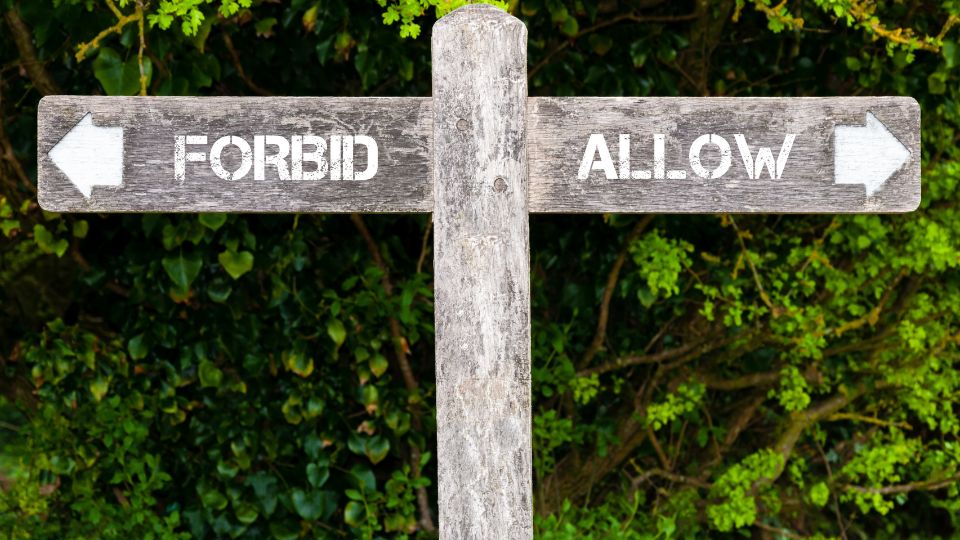Every Amazon seller remembers that first big milestone — the moment their product finally goes live. You’ve spent weeks researching, optimizing, and designing your listing. You hit publish, and your first few visitors arrive. But then comes the part nobody talks about — silence. Weeks go by, clicks trickle in, and maybe you get a sale or two. Yet, without reviews, conversion feels like a steep uphill battle. That’s because, on Amazon, reviews aren’t just feedback — they’re your digital reputation, your conversion engine, and your ranking fuel.
Getting product reviews on Amazon is one of the most misunderstood and risky areas for sellers. Many try shortcuts, only to find their accounts suspended or listings suppressed. But here’s the good news: you can absolutely get reviews legally, ethically, and effectively — and when done right, those reviews compound into long-term growth. This guide walks you through exactly how to get reviews on Amazon without breaking any rules, using strategies trusted by top-performing private-label brands in 2025.
Why Reviews Matter More Than You Think
Reviews are more than just words on a page — they’re the emotional and algorithmic backbone of every Amazon listing. For buyers, reviews represent trust. A product with even 20 good reviews stands out sharply against one with none. That psychological impact is powerful. When shoppers see others vouching for a product, they subconsciously feel safer buying it.
For Amazon’s algorithm, reviews are a ranking signal. The more positive reviews you earn — and the more consistent the inflow — the better your product performs in search results. Reviews boost your click-through rate (CTR) since buyers are drawn to listings with visible social proof. They also improve your Best Seller Rank (BSR), driving even more organic visibility.
But there’s another layer many sellers miss — the compounding effect. Once a product starts gaining reviews, its conversion rate improves. That higher conversion rate signals to Amazon that customers like your product, triggering better placement. In short, reviews drive sales, and sales drive reviews — creating a virtuous growth loop.
If you’re a new seller or running your first private-label brand, treat every early review like gold. It’s not just validation — it’s momentum. To strengthen your understanding of how reviews impact visibility, check out How to Boost Your Amazon Listing for Greater Visibility and Sales.
What Amazon Actually Allows (and Forbids)
Let’s address the elephant in the room — what’s legal and what’s not. Amazon’s review policy is crystal clear: sellers cannot manipulate, influence, or incentivize reviews in any way. Yet, many still attempt shortcuts, like offering free products in exchange for reviews, using fake accounts, or sending manipulative follow-up messages. These tactics can lead to immediate suspensions, ASIN suppression, or even permanent bans.
So, what’s allowed? You can — and should — ask for reviews, but only through Amazon’s approved channels. The key phrase here is “how to get Amazon product reviews legally.” You’re allowed to request honest feedback from customers who purchased your product. However, you cannot ask for positive reviews or offer incentives like discounts, refunds, or free replacements in return for reviews.
Amazon explicitly forbids:
- Asking for a 5-star review
- Offering gifts, coupons, or refunds in exchange for feedback
- Writing or posting your own fake reviews
- Using third-party “review clubs” or services that guarantee feedback
What you can do is focus on creating an outstanding customer experience and politely reminding buyers to share their opinion. Amazon encourages sellers to use its built-in tools like the “Request a Review” button — which sends an automated, policy-compliant email from Amazon itself. For more insights on crafting a trustworthy brand, read How to Build a Strong Brand Presence on Amazon.
How New Sellers Can Get Their First 10 Reviews
If you’ve just launched your product, the hardest part is getting those first 10 reviews. That number might seem small, but it’s often the tipping point that transforms your listing from invisible to discoverable.
Start by ensuring your product detail page is flawless. Great images, clear descriptions, and accurate sizing details reduce the chances of negative feedback. Your first customers will judge not only the product but also the accuracy of your listing. You can follow proven listing design methods outlined in How to Create Eye-Catching Amazon Listings for Improved Visibility & Sales.
Next, use Amazon’s “Request a Review” button. Found under each order in Seller Central, this feature sends a polite, standardized message directly from Amazon, asking the customer to share their experience. It’s completely safe and one of the simplest ways to build your initial review base. The best timing? Around 7–10 days after delivery — when customers have had enough time to use the product.
You might wonder if friends and family can help. Technically, they can buy and review your product — but with major limitations. If Amazon detects a connection between your account and the reviewer (shared address, IP, or payment method), that review will be deleted and may trigger a warning. So, focus instead on early organic customers or use tools like Amazon Vine, which we’ll discuss shortly.
Your goal as a new seller is momentum, not manipulation. Even one review a week is a win. Build slow, build steady, and you’ll find your first 10 reviews turning into 100 before long.
The Right Way to Ask Customers for Reviews
Knowing how to ask customers for Amazon reviews ethically is crucial. The tone, timing, and medium matter just as much as the message itself. The golden rule? Always prioritize value and politeness over persuasion.
Amazon’s Request a Review button is your safest bet because the message comes directly from Amazon and cannot be customized — meaning zero risk of policy violation. But if you’re using your brand’s own email (via Amazon’s Buyer-Seller Messaging), you can still craft thoughtful, compliant messages. For example:
“Thank you for choosing [Brand Name]. We hope you’re enjoying your new . Your feedback helps us improve and helps other customers make confident choices. Would you mind sharing your experience on Amazon?”
Notice how this doesn’t ask for a positive review — only honest feedback. Avoid phrases like “If you loved our product, please leave a 5-star review” or “Your positive feedback means a lot.” Amazon interprets that as manipulation.
Timing is also key. Don’t ask immediately after delivery — give customers time to experience the product. A gentle reminder after 5–10 days feels natural and respectful. You can pair this tactic with ideas from How Packaging Inserts Can Skyrocket Your Amazon Reviews and Customer Engagement for added impact.
Amazon Vine & Early Reviewer Programs Explained
Two of the most trusted review-generation programs Amazon has offered are the Vine Program and the Early Reviewer Program. While the latter has now been phased out in most regions, it’s still a key concept for understanding how Amazon promotes ethical review building.
The Amazon Early Reviewer Program India helped new sellers gain initial traction by inviting verified buyers to leave reviews in exchange for small Amazon-issued gift cards (not from the seller). It ensured authenticity while helping listings overcome the “no review” stage.
Now, the primary option is Amazon Vine India. The Amazon Vine India cost typically depends on category and quantity, but it’s an investment worth making for new private-label brands. Amazon invites trusted reviewers (called Vine Voices) to test your product for free and post honest, unbiased reviews. These reviews are marked with a Vine badge and carry high credibility with shoppers.
To qualify for Vine, your product must be brand-registered, have fewer than 30 reviews, and meet FBA and category eligibility requirements. Vine reviews can sometimes be critical — but that’s the point. Authenticity builds long-term trust and signals Amazon that your listing is legitimate and transparent.
If you’re serious about launching a new product, allocating budget to Vine reviews can jumpstart your growth ethically and effectively. You can also learn more about balancing growth and compliance in How to Avoid Common Amazon Policy Violations and Keep Your Seller Account Safe.
Proven Legal Strategies to Increase Product Reviews
Once you’ve crossed the initial hurdle of getting your first few reviews, it’s time to scale — legally. So, how to increase product reviews on Amazon without crossing any lines? The secret lies in optimizing your customer experience.
Start with packaging. Include a well-designed insert card that thanks the customer for their purchase and invites them to leave honest feedback. Keep it simple — no incentives, no conditions. A QR code linking to your Amazon review page works great.
Next, optimize your post-purchase journey. If you’re building an email list or social media following off-Amazon, gently encourage repeat customers to leave reviews. Again, focus on feedback, not ratings. For example: “If you’ve used our product for a while, your experience could help others choose confidently.”
Encouraging user-generated content (UGC) is another powerful strategy. When customers post real photos or videos of your product on social media and tag your brand, it builds authenticity and encourages others to share feedback on Amazon too.
Finally, deliver an exceptional experience. Fast shipping, premium packaging, responsive support — these little touches make customers more likely to review without being asked. Remember, every happy customer is a potential advocate. You can refine your review tactics alongside marketing insights from The Importance of Customer Reviews and How to Get More.
What Happens If You Violate Amazon’s Review Policy
Now comes the cautionary tale: What happens if you violate Amazon’s review policy? Many sellers underestimate this until it’s too late.
Amazon’s systems are designed to detect review manipulation patterns — from repeated IPs and suspicious buyer activity to templated messages that hint at rewards. If caught, consequences can range from review removal to full account suspension. Amazon might suppress your ASIN, delete hundreds of reviews overnight, or block your listings from advertising.
The biggest loss isn’t just financial — it’s trust. Once Amazon flags your account, rebuilding credibility is tough. You’ll spend weeks in appeal cycles, lose momentum, and risk being permanently blacklisted from certain categories.
Real-world stories abound: sellers who hired “review exchange” services saw short-term gains but lost entire brands overnight. The lesson? The short path often leads to a dead end.
Instead, follow the long game: quality products, consistent service, and compliant review requests. Those strategies may take more time, but they build something far more valuable — a sustainable, trustworthy brand. You can also review How to Deal with Negative Reviews on Amazon as a Seller for reputation management tactics.
Frequently Asked Questions
How can I get reviews on Amazon legally?
You can request reviews using Amazon’s approved channels, such as the “Request a Review” button in Seller Central or through polite, compliant buyer messages. Never offer incentives, discounts, or freebies in exchange for feedback.
Can Amazon sellers ask customers for reviews?
Yes — but only for honest reviews. You can’t ask specifically for positive ratings. Amazon’s policies allow neutral, polite review requests but prohibit any form of manipulation or reward.
What are the rules for requesting product reviews on Amazon?
You must never ask for a “5-star” or “positive” review, include conditional phrases (“if you loved it”), or offer compensation. Always use neutral, customer-first language that encourages feedback without bias.
How do new sellers get their first reviews?
New sellers should use the Request a Review button for every fulfilled order and consider enrolling in Amazon Vine for verified early reviews. Patience and great customer experience are key.
What happens if you violate Amazon’s review policy?
Violations can lead to immediate suspension, ASIN suppression, or permanent bans. Amazon may remove all reviews from your listings and block your account from review-related privileges.
Final Words
Getting reviews on Amazon without breaking rules isn’t just about compliance — it’s about building a business that lasts. Every review you earn ethically is a stepping stone toward long-term trust and authority. The sellers who play fair today are the ones dominating tomorrow.
Remember, reviews are not bought — they’re earned through quality, consistency, and care. Focus on delighting your customers, communicating transparently, and letting the reviews follow naturally.
If you’d like to streamline your journey, join our 3-day training program to help you craft compliant, high-converting follow-up messages that helps sellers like you scale with integrity.
Because in the world of Amazon, trust isn’t just your most valuable asset — it’s your ultimate competitive edge.









